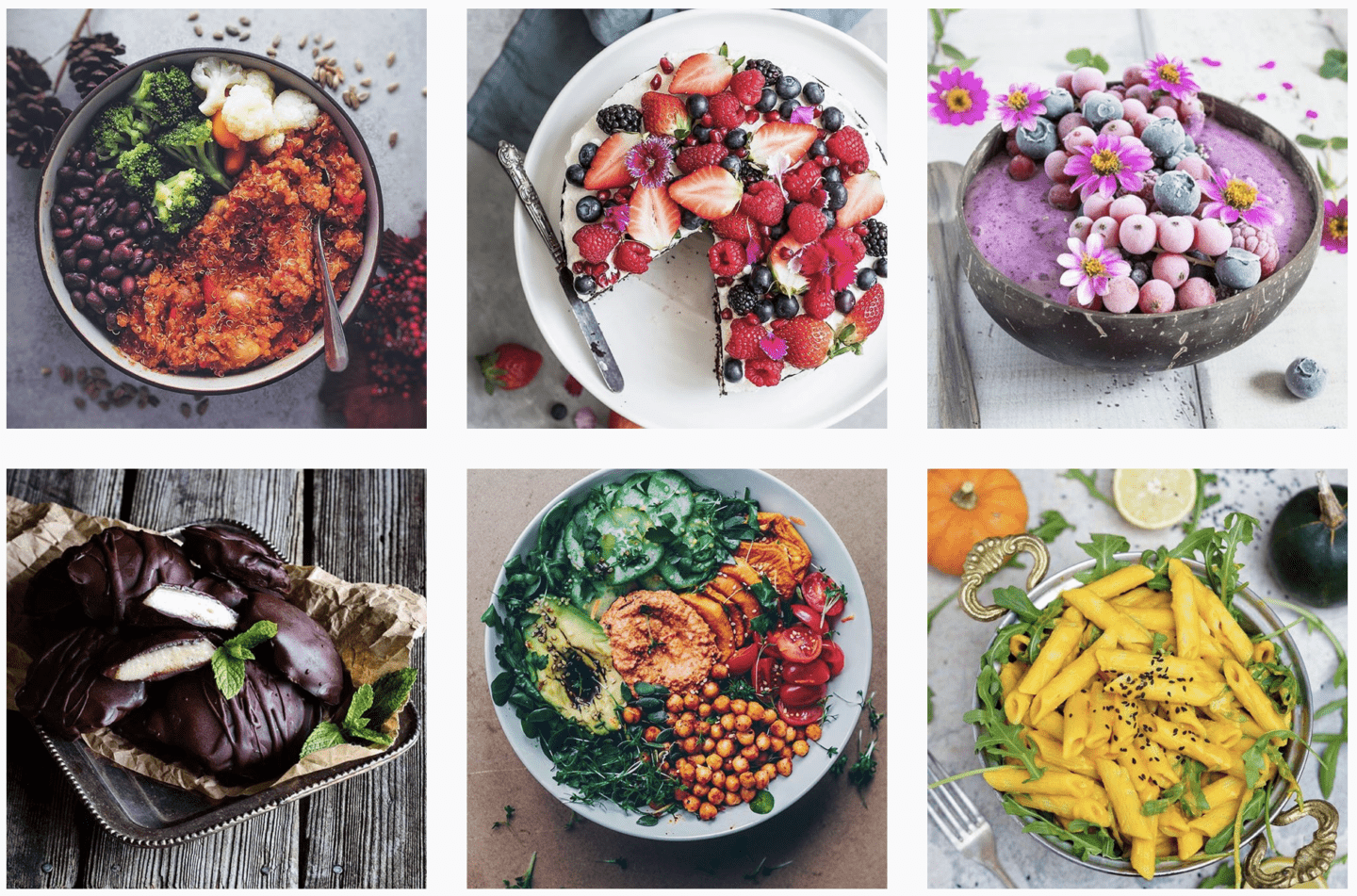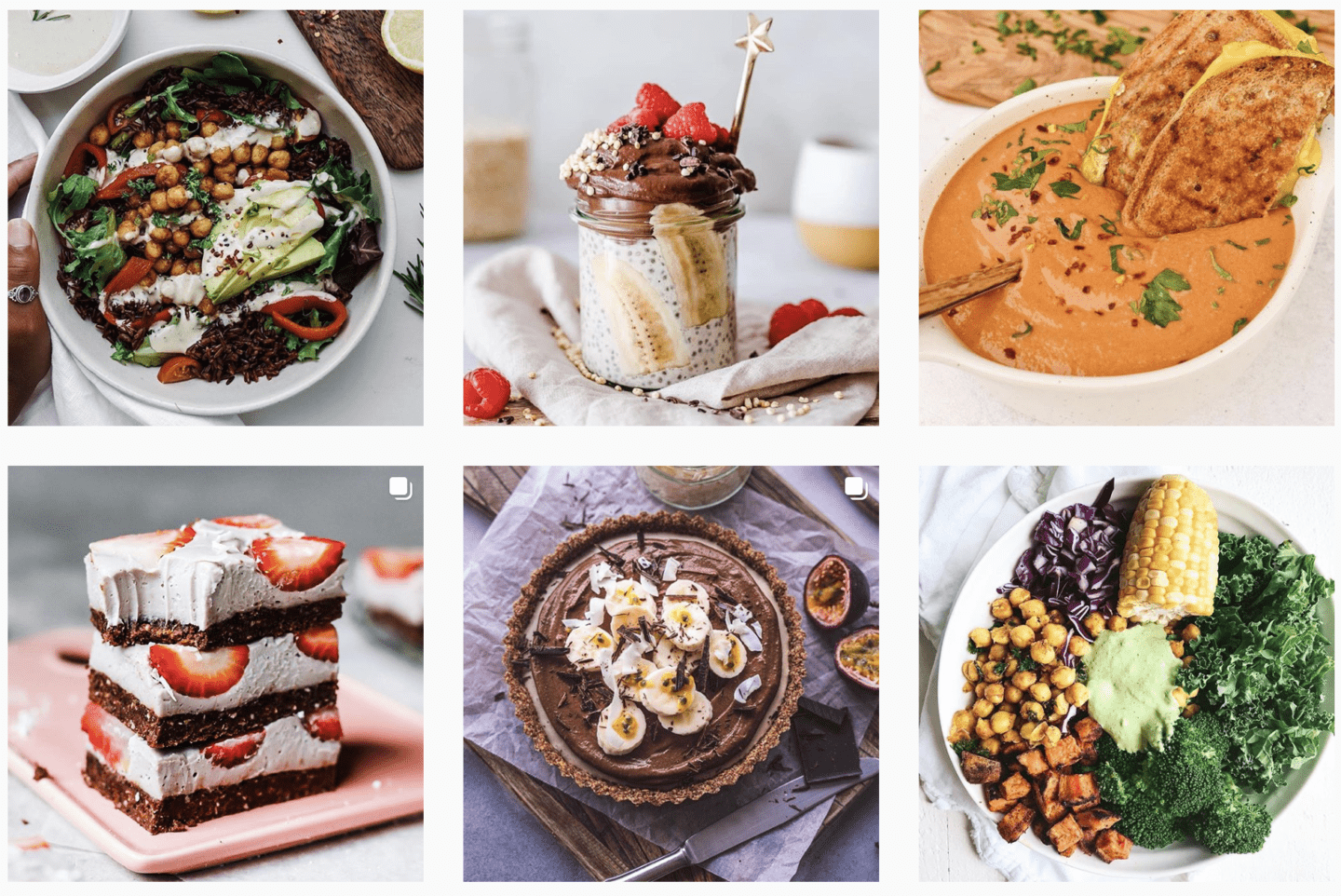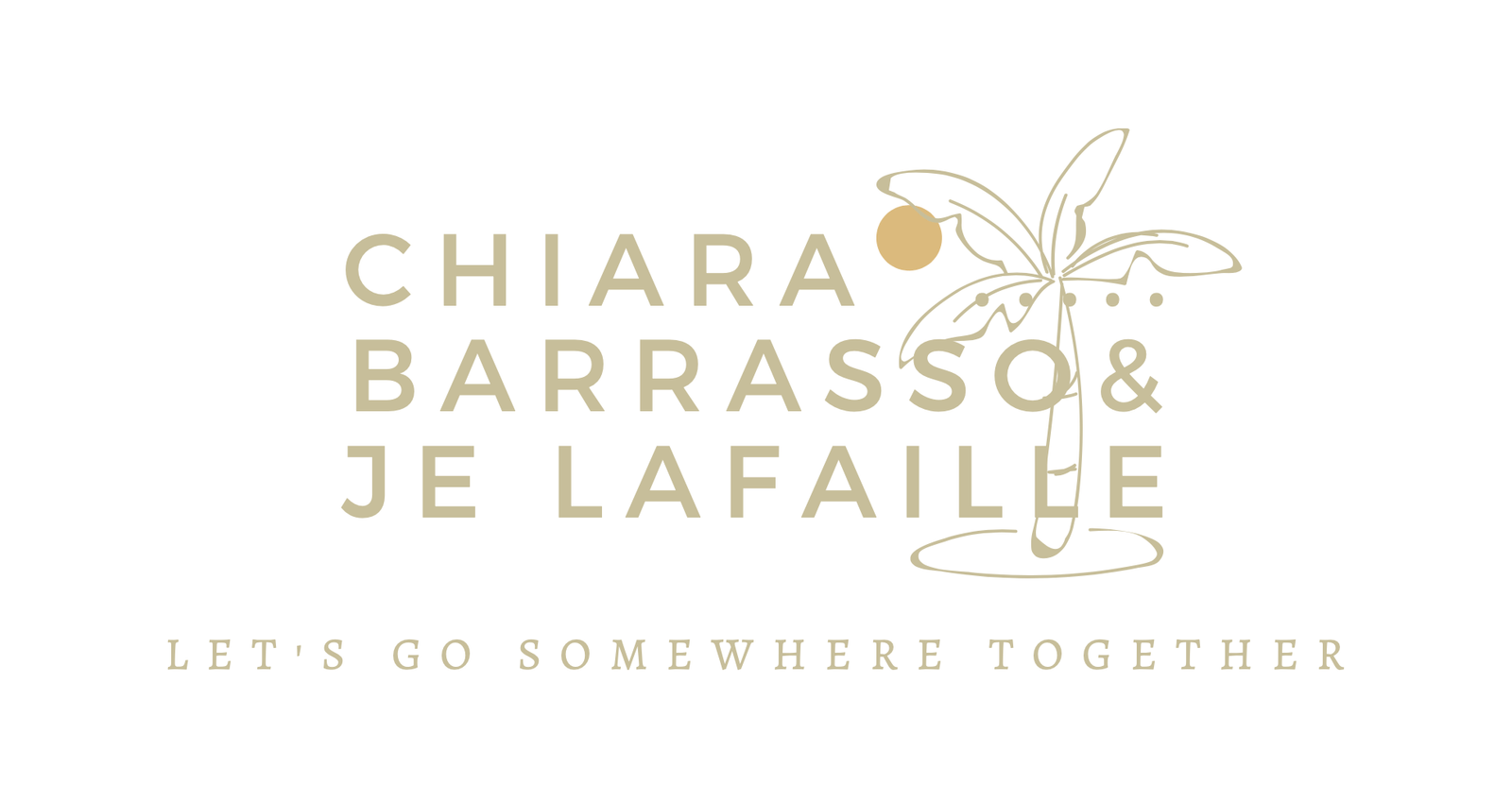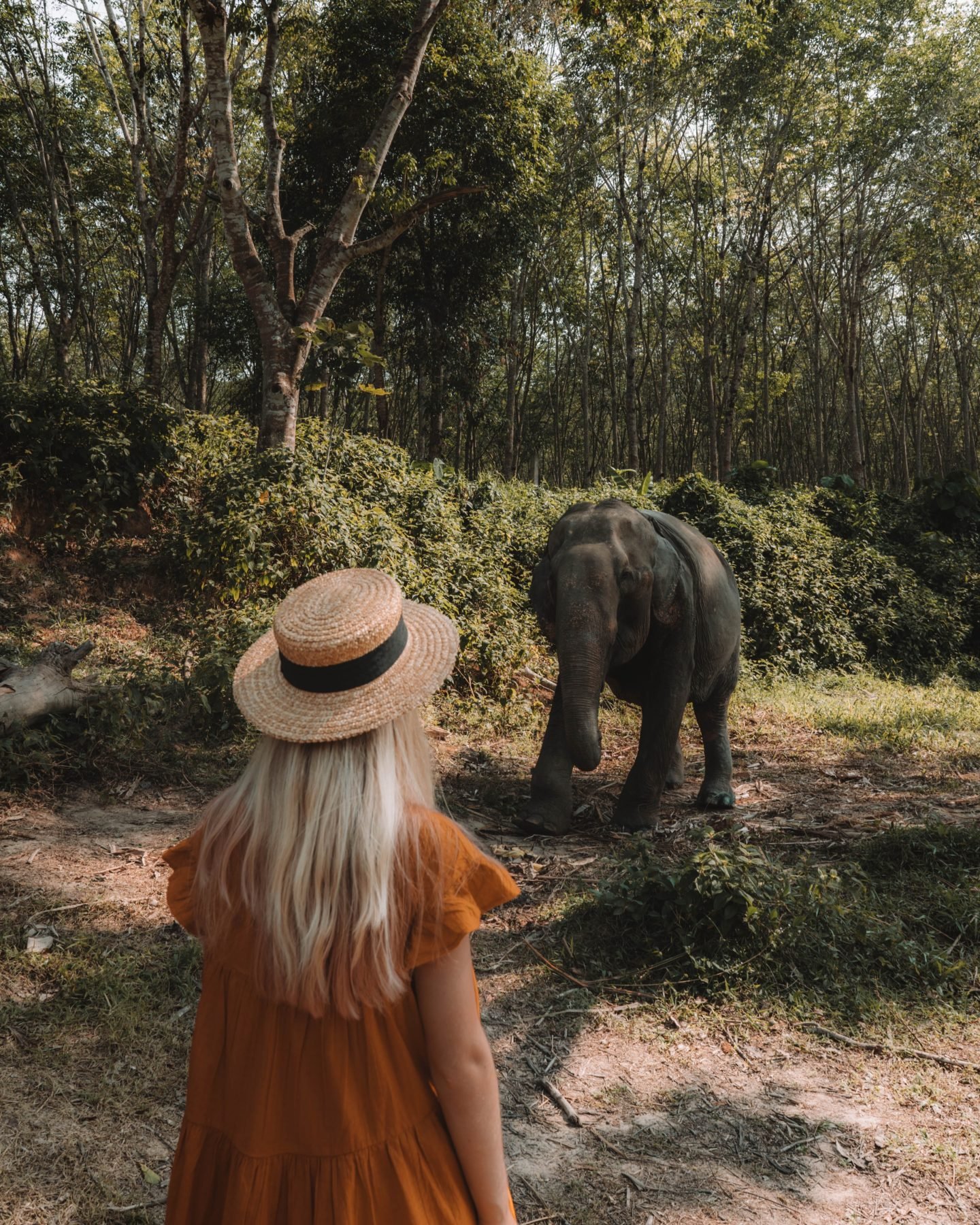In my daily life, I often get asked, “How to go vegan“? “How to make the transition to a vegan lifestyle?” “How to replace meat and fish”? or even “how to not have a lack of protein, iron or vitamins?”. This is why I wanted to make this post for you! If you are currently questioning yourself about changing your lifestyle and become vegan, or if you are just curious about this lifestyle, welcome here!
Today I will answer all your questions about how to go vegan and I’ll give you all my recommendations. After 3 years of being vegan and much research, I am able to help you to go vegan and make the transition. It’s not easy at the beginning but it is just a matter of organization. If you want to make the change and be a better person, you will always succeed to do it! It takes time but it is so rewarding. I have never regretted to become vegan and I have never missed meat or animal products! Just to not have made the transition before!
Why to go vegan?
First of all. Let’s talk about why to go vegan? With the massive awareness of our negative impact on the animals and our planet, it is impossible to not think twice before eating meat or any animal product! Every year, more than 200 million animals are killed for food around the world every day. That comes out to 72 billion land animals killed for food around the world every year. Also, meat production is responsible for enteric fermentation (mostly in ruminant livestock) accounts for about 27 percent of anthropogenic methane emissions, and methane accounts for about 32 to 40 percent of agriculture’s greenhouse gas emissions. We need to act!
Here will talk about the reasons to go vegan, and how to make the transition. What to eat? How to organize your meals? What recipes to do? How to hang out with friends and have dinner at the restaurant? How to compensate to not have a lack of proteins, iron, and vitamins? Or also how this vegan lifestyle will change your life in a positive way and help you to act and have a good impact on the planet! Let’s start 😉
Firstly, I will reply to the question “why to go vegan” with solid arguments and scientific proofs, trough affirmations that I have heard many times. If you are currently flexitarian and hesitating to make the big change, I will let you make your own opinion! If you’re already vegetarian or vegan, you will have here scientific proofs and figures to comfort you in your decision!
“We need meat to live”: no we don’t!
First of all, even if the main reason is obvious, to go vegan is for the animals. The question is not so much “why go vegan?”, but more why eating meat? I mean, scientists have proven that human doesn’t need to eat animals to live. Contrary to carnivore animals like lions or tigers, we don’t need meat. If we don’t eat animals, we will still be alive. Actually, our body doesn’t need meat to be able to function. Even if meat lobbies are trying to make us think the contrary, we can totally be herbivorous like elephants. The proof is that we don’t have prominent canines like a lion that serves to cut the flesh. We have normal teeth that are useful to chew not cut!
Dr. Hu from a Harvard study about health says that you don’t need to eat red meat to get these essential nutrients. “You can get the same amounts — and in some cases even more from nuts, and as well as by following a plant-based diet.”
“We have always been eating animals!”: not a good argument!
Yes, and we always had slaves, prostitution, drug, forced marriages… Sorry, but this is absolutely not a good example! We need to open our minds, be conscious, be aware, of what our actions impact the world around us. When we are eating animals, I mean it is not meat, it is a dead animal that we are eating, we are not totally conscious. Because if we were, we wouldn’t do that. Imagine yourself killing and then eating a dead animal. Would you do it? Of course no! So why eating meat? Because your mum has always put a steak on your plate? It’s time to think for yourself! Every year, more than 200 million animals are killed for food around the world every day. That comes out to 72 billion land animals killed for food around the world every year.
If the world went vegan, it could save 8 million human lives by 2050, reduce greenhouse gas emissions by two thirds and lead to healthcare-related savings and avoided climate damages of $1.5 trillion. The University of Oxford.
“I love meat, I just can’t stop”: yes you can!
Ok, and imagine eating a dog, or a cat? So why eating a cow or a pig? All animals are equal. No animal is more valuable than another. It is the same thing for humans, we are all equal, no one is more valuable than another. Wo why make a difference between a dog and a pig? They both feel pain, sadness, freedom and they want to live, like us.
Moreover, you can totally still eat meat and not animals. If you like meat, you can totally find vegetal meat which has the exact same taste. When eating a burger, you can replace the meat by so many things: vegetal steak, potato steak, it is really good and has way fewer calories. You won’t even see the difference but you will save animals! 😉 Talking about bacon or ham? There is sincerely nothing worst for your health. This kind of meat is so fat that it clogs the vessels and it causes serious illness in the long term.
“Vegan is just a trend”: no, it is a massive awareness.
I know, this is stupid! But I promise you, I’ve heard this hundreds of times! Ok, going vegan is absolutely not a trend, it is a massive awareness. More and more people are being conscious of the bad impact we have on the animals and the planet and are just changing in a good way!
“Vegan food is boring”: no, vegan food is amazing!
It is totally wrong! You can actually eat absolutely everything but without animal products. You can still eat a burger, a pizza, pasta or a chocolate cake! Here are the amazing and delicious vegan recipes of all the meals you like, shared on the Instagram account @plantbased.recipes. Also, if you like bowls you will love being vegan! You can create hundreds of different recipes just in changing the vegetables and fruits you’re using. I adore bowls, I discovered it in Bali a few years ago and I love recreating new recipes! It works for smoothie bowls or savory ones! A basic, delicious and easy-to-make recipe that I often make is a bowl with avocado, quinoa, chickpeas, tomatoes, salad, cucumber, parsley, chia, and squash seeds!

“Being vegan is dangerous”no, eating meat is!
Being vegan is better for health. Contrary to eating meat that is dangerous for health. A study from Harvard has proven that red meat is increasing diseases. You can also read our post about “How to stay healthy“.
Of course, there are many more reasons and scientific facts to stop eating meat/fish and animal products.
How to go vegan and make the transition to a vegan lifestyle?
Step by step, months by months
If you want to become vegan, you need to do it step by step, months by months and fix realistic goals. Personally, we started to stop beef and pork the first month. The second month we stopped chicken. We were already not eating the other animals. Then, we stopped fish and seafood. A few months after, we stopped eggs, animal milk, and other animal exploitation like leather. We have never worn animal fur.
You need to fix precise dates to reach your goal because if you don’t do this, you will still postpone the date and look for excuses. And I know what I’m talking about! We have deep-rooted habits, for years, so to go vegan we really need to push ourselves to go out of our comfort zone! I know it’s easier to buy biscuits or a cake than cook a vegan one, but it is for a good cause and it is so much more rewarding! Write the goals on a calendar so you won’t run out!
The organization is the key!
To make the transition and go vegan, you need to organize yourself. Look for vegan recipes on the internet, there are hundreds of delicious ones online! You can find them easily on blogs, Pinterest or Instagram. Take screenshots of these recipes or save them to recreate them. Then, when you are going for shopping groceries, buy the food accordingly to these recipes and take only the necessary. It will also help you to avoid waste! If you’re someone organized, you can also make a calendar with the recipes of the week!
How to replace meat and fish?
I promise you it is really easier than you think! When cooking or ordering a burger at the restaurant, you can replace the meat by a potato steak or a vegetal steak. There are many restaurants that are offering vegan options as “beyond meat burgers“. They are more and more to understand the necessity to offer vegan options, so you will not have a hard time to find vegan burgers. I swear it is better than normal burgers and it has way fewer calories! For pizza, you just have to remove the ham, personally, my fave was the margarita so I didn’t have this problem! For bacon or ham, you just need to stop and find vegetarian appetizers and there are many ones: raw vegetables with hummus is a really good one!
How to replace milk and cheese?
It is way harder to stop milk and cheese. Usually, it is the last step of the process! Personally, I stopped buying animal milk and started buying: almond, soy, and coco milk. I am using almond milk to make cakes: vegan cookies, chocolate cakes or lemon cakes. But also in cappuccinos, lattes and smoothie bowls. Then, I’m using soy milk for all the savory preparations soups, cream pasta, or sauces. Next, I’m cooking with coco milk for Asian meals like vegan Green curry or Paid Thaï. But there are plenty of other vegan recipes that you can easily find!
How to compensate to have enough protein, iron, vitamins?

Legumes or also called pulses are too often forgotten in our diet, yet their nutritional value is very interesting. Legumes contain between 20 and 25% protein. Soy and lupine contain even more (35 to 45%). It is, therefore, an essential element for vegetarians. By eating legumes regularly, you don’t need to worry about adding fiber to your diet. The best proportion is 2/3 of cereals for 1/3 of legumes.
Proteins in cereals
You can find proteins in cereals like quinoa (14g for 100g), bulgur (12g for 100g), wild rice (14g for 100g), oatmeal (16g for 100g). You can also find proteins in pasta (12g for 100g) and white rice (7g for 100g) but there are more carbohydrates.
Proteins in legumes
You can also find proteins in legumin, chickpeas (19g for 100g), lentils (25g for 100g), red beans (21g for 100g), soy/tofu (11g for 100), or split peas (24g for 100g).
Iron
When you are vegan, you need to buy spirulina (28g for 100g). It is a totally natural alga, cultivated worldwide. Be sure it is organic. Also, you can find iron in sesame seeds (14g for 100g), linseed (10g for 100g), pumpkin seeds (8g for 100g), chia seeds (7g for 100g). It is easy to eat in a salad or a bowl. And in less quantity in lentils, quinoa, Persil, beetroots, spinach or oatmeal.
Vitamins A and B
1 Vitamin A is present in yellow, orange, red or green fruits (peaches, apricots, melons, papayas) and vegetables. red peppers, green cabbage, carrots and carrot juice, lamb’s lettuce, Brussels sprouts and other varieties of cabbage, broccoli, spinach, pumpkin, chicory, soybeans and sprouts, chard, celery.
2 Vitamin B1 thiamine is present in yeast, cereals, peas. Wheat germ, salsify, Brussels sprouts, sunflower seeds, beetroot, pumpkin, leek, potatoes, Jerusalem artichoke, pear.
3 Vitamin B2 is present in whole wheat, flax seeds, yeast (from beer), young shoots, green cabbage, and Brussels sprouts, beetroot, pumpkin, pear.
4 Vitamin B3 niacin is in peanuts, dried porcini mushrooms, radish sprouts, green cabbage, Jerusalem artichoke.
5 Vitamin B5 is included in a multitude of food, the deficiencies are rare
6 Vitamin B6 pyridoxine is included in soybeans, natural rice, millet, salmon, mackerel, bananas, nuts, lentils, green cabbage and Brussels sprouts, beetroot, onion, celery, parsnip, pumpkin, apple.
7 Vitamin B9 acid folic brewer’s yeast, nuts and hazelnuts, chicory, fennel, green vegetables (spinach, peas, cucumber), tomato, fruit (strawberries, oranges, clementines, cherries, grapes), whole wheat products and wheat germ, nuts, cauliflower, green cabbage, Brussels sprouts, broccoli, Chinese cabbage, endive, spinach, onion, chicory, parsnip, pear.
8 Vitamin B12 is very important and when you are vegan you must take it as a food supplement.
Vitamins C to K
9 Vitamin C is present in all fruits and vegetables (especially cherries, sea buckthorn berries, blackcurrants, kiwis, citrus fruits, strawberries, fennel, spinach), peppers, sauerkraut, Brussels sprouts, broccoli, green cabbage, Chinese cabbage, chard, leeks, endives, winter purslane, lamb’s lettuce, beetroot, radish, onion, potatoes, pear, apple.
10 Vitamin D is mostly provided by an exposition to the sun. During winter, you can eat button mushrooms or sauerkraut (but vitamin D is present only a small quantity).
11 Vitamin E is in vegetable oils and fat (wheat germ, sunflower, and soybean oil), nuts and hazelnuts, almonds, cereal germs, whole wheat flakes, and whole bread, nuts, spinach, cabbage, pumpkin, parsnips.
12 Vitamin K is present in sauerkraut, Brussels sprouts, spinach, kale and cauliflower, broccoli, rose hips, potatoes, celery, purslane, kohlrabi.
Vitamin H biotin is present in soybeans, natural rice, oat flakes, whey (whey), whole wheat products, green beans, molasses, baby sprouts, spinach, lentils, button mushrooms, onion, apple.
Ready to go vegan?
That’s it my friends! Thank you for reading this long post! I sincerely hope it will help you to make the transition and go vegan! Let us know in the comment if you have more questions or if you want to share your experience 🙂 Have a beautiful day and remember to“eat plants, love animals”! Instagram @chiarabarrasso and @jelafaille


